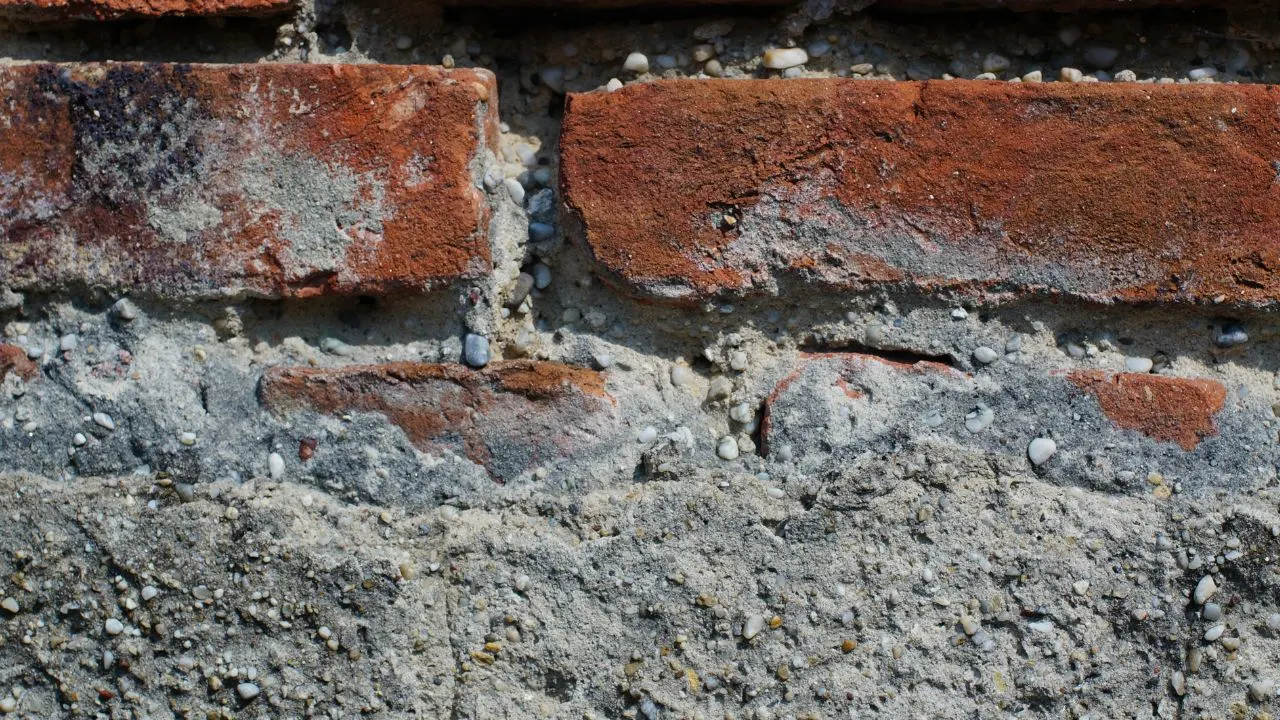Planning a plastering job? Whether you're renovating a wall or finishing a new room, it's important to accurately estimate how much plaster you'll need and how much it will cost. Our Plaster Cost Calculator helps you do just that by calculating:
- Wall Area
- Plaster Volume
- Number of 40 lb bags required
- Material Cost
- Total Project Cost (Material + Labor)
Calculate plaster sost step by step
Step 1: Calculate Wall Area
Formula:
Wall Area=Length×Width
Step 2: Calculate Plaster Volume
Plaster volume is calculated using the wall area and plaster thickness (converted to feet if provided in inches).
Formula:
Plaster Volume=Wall Area×Plaster Thickness (in feet)
Note: If thickness is entered in inches, convert it to feet by dividing by 12.
Step 3: Calculate Bags Required
Assume 1 bag of 40 lb plaster covers 0.45 cubic feet (industry average coverage).
Formula:
Bags Required=0.45Plaster Volume
Step 4: Calculate Material Cost
Formula:
Material Cost=Wall Area×Material Cost per sq ft
Step 5: Calculate Total Project Cost
Formula:
Total Cost=Wall Area×(Material Cost per sq ft+Labor Cost per sq ft)
Example: Calculate Plaster Cost for a Wall
Let’s assume the following inputs:
- Wall Length = 20 ft
- Wall Width = 10 ft
- Plaster Thickness = 0.5 inches
- Material Cost = ₹12 per sq ft
- Labor Cost = ₹8 per sq ft
Step 1: Wall Area
Wall Area=20×10=200sq ft
Step 2: Plaster Volume
Convert 0.5 inches to feet:
Plaster Thickness=120.5=0.0417ft
Plaster Volume=200×0.0417=8.34cubic ft
Step 3: Bags Required
Bags Required=0.458.34≈18.53
Step 4: Material Cost
Material Cost=200×12=₹2400
Step 5: Total Cost
Total Cost=200×(12+8)=200×20=₹4000
Final Output Summary:
- Wall Area: 200 sq ft
- Plaster Volume: 8.34 cubic ft
- Bags Required (40 lb): 19
- Material Cost: ₹2400
- Total Project Cost: ₹4000
FAQs
1. What is plaster and where is it used?
Plaster is a building material made from lime, gypsum, or cement. It's commonly used to cover walls and ceilings, providing a smooth surface for painting or decoration. It also improves fire resistance and acoustic insulation.
2. How much plaster do I need for a wall?
To estimate the amount of plaster, multiply the wall area (length × height) by the plaster thickness (in feet). Then divide the total volume by the coverage of one plaster bag (usually about 0.45 cubic feet for a 40 lb bag).
3. What is the standard thickness for plastering?
Standard plaster thickness ranges from 6mm to 12mm (0.25 to 0.5 inches) for interior walls. Exterior plaster may require a thicker application, depending on surface condition and weatherproofing needs.
4. What is the difference between gypsum plaster and cement plaster?
- Gypsum plaster is lightweight, quick-drying, and ideal for interior walls.
- Cement plaster is more durable and water-resistant, making it better suited for exterior walls and moist environments.
5. How long does plaster take to dry?
Drying time varies by type and thickness:
- Gypsum plaster: 1–3 days
- Cement plaster: 5–7 days or more
Proper ventilation can help speed up the drying process.

Check out 1 Similar Calculators: